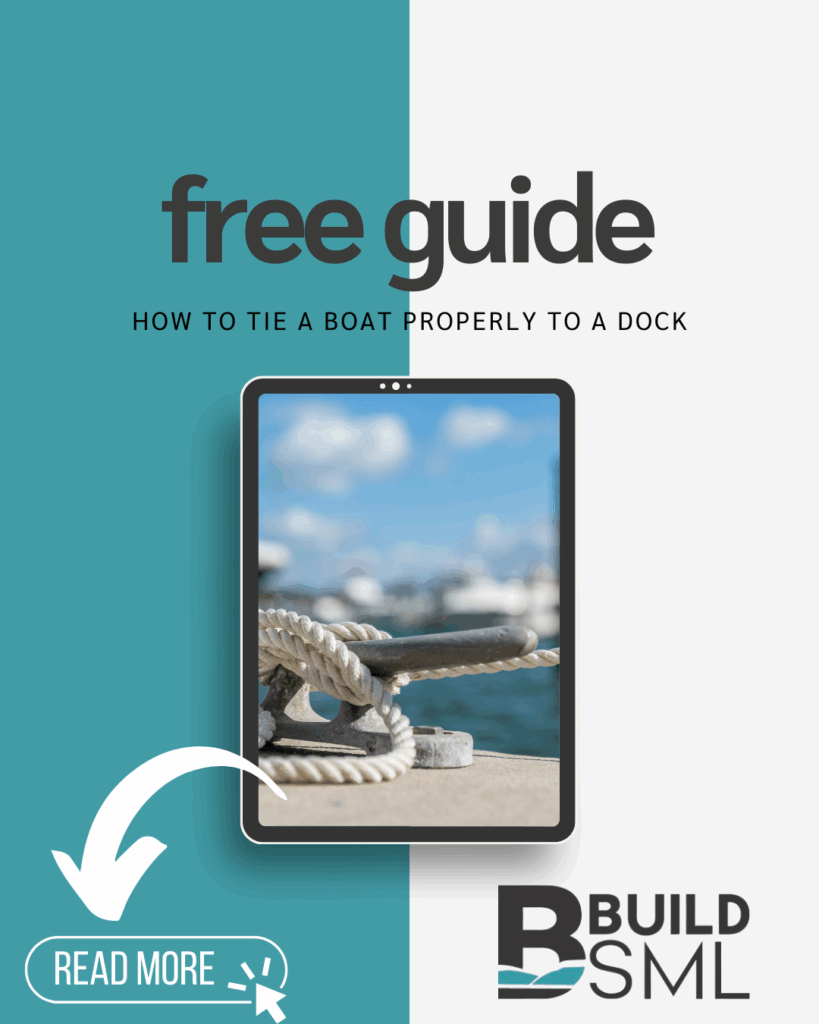
Tying a boat to a dock securely is a fundamental skill for any boater. A properly secured boat stays safe from damage, protects the dock, and ensures peace of mind whether you’re docked for a few hours or several days. This guide will walk you through the essential steps, knots, and tips for tying your boat to a dock like a pro.
When a boat is improperly tied, it can drift, collide with the dock or other boats, or even break free in rough conditions. Strong winds, tides, or wakes from passing vessels can put stress on lines, making secure knots and strategic line placement critical. Mastering this skill not only protects your investment but also demonstrates good boating etiquette.
Before you start, ensure you have the right gear:
Follow these steps to tie your boat securely to a dock:
Use reliable knots that are easy to untie but hold firm under pressure:
Tying a boat to a dock is a straightforward process with the right knowledge and practice. By using proper lines, secure knots, and strategic placement, you can ensure your boat stays safe and stable in any conditions. Take the time to practice your knots, invest in quality equipment, and always double-check your setup. With these skills, you’ll dock with confidence and enjoy your time on the water worry-free.
Happy boating!